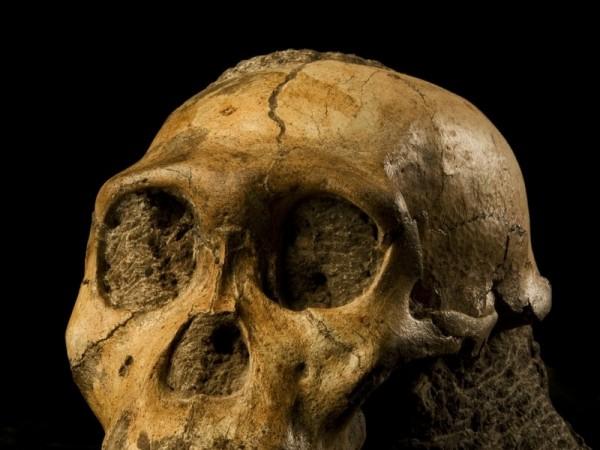
Scientists have found evidence that suggest ancient human ancestors chewed on bark, leaves and forest fruits, as revealed in a report based on a fossil study.
The study was led by Professor Lee Berger of the University of the Witwatersrand in Johannesburg, South Africa, and Professor Amanda Henry of the Max Planck Institute for Evolutionary Anthropology in Leipzig, Germany. In a highly extensive research, Henry determined the diet pattern of 2 million-year-old elderly female and young male African hominins (Australopithecus sediba) species that were discovered in 2008.
After finding stains on these ancient ancestors' teeth, the researchers decided to perform three different types of analysis. The fossil teeth were clean and unspoiled which helped the scientists to conduct an isotope analysis, a dental microwear analysis and a phytolith analysis to study teeth properties of these species.
The team studied the dental pattern, carbon isotope data and tiny plant fragments known as phytoliths that were present on the hominins' teeth and were found to contain unique properties.
"The find is unprecedented in the human record outside of fossils just a few thousand years old. It's the first truly direct evidence of what our early ancestors put in their mouths and chewed - what they ate," Berger said.
Based on their study, the researchers identified the diet system followed by these hominins. The three-type analysis showed evidence that the hominins, which are ape-like creatures, fully utilised the forest resources and mostly consumed parts of trees including bark, leaves, sedges, grasses, shrubs, palm and fruits.
This species is said to have followed a unique diet pattern that was different from other similarly aged ancient African hominins .
"Personally, I found the evidence for bark consumption the most surprising," said Berger.
"While primatologists have known for years that primates, including apes, eat bark as a fall-back food in times of need, I really hadn't thought of it as a dietary item on the menu of an early human ancestor," Berger added.
The study is published in the scientific journal Nature.






!['Kaise ho bhai..': PM Modi shook hands with Akshay Kumar at a media summit in Delhi [Watch]](https://data1.ibtimes.co.in/en/full/806317/kaise-ho-bhai-pm-modi-shook-hands-akshay-kumar-media-summit-delhi-watch.jpg?w=220&h=138)











